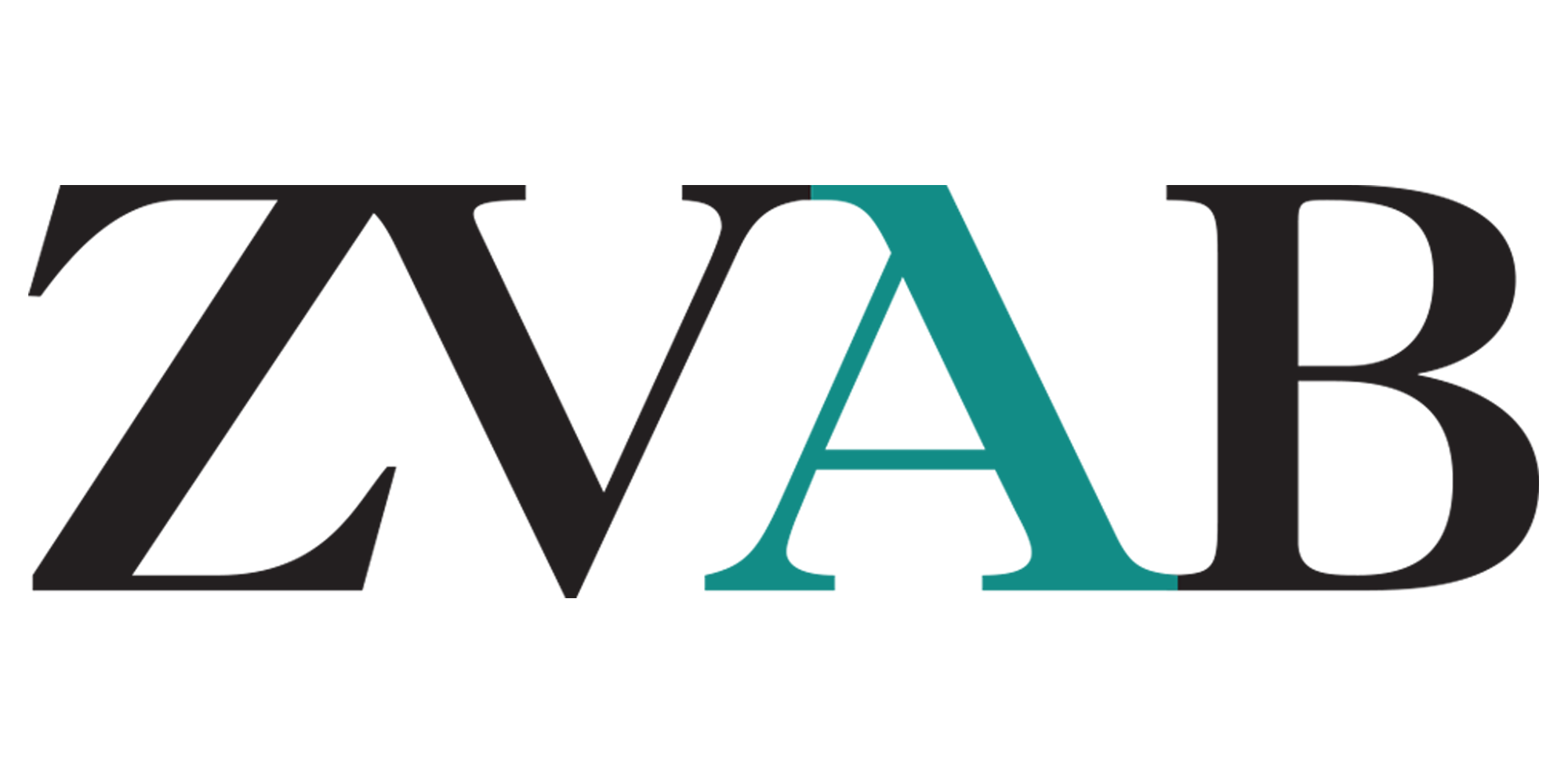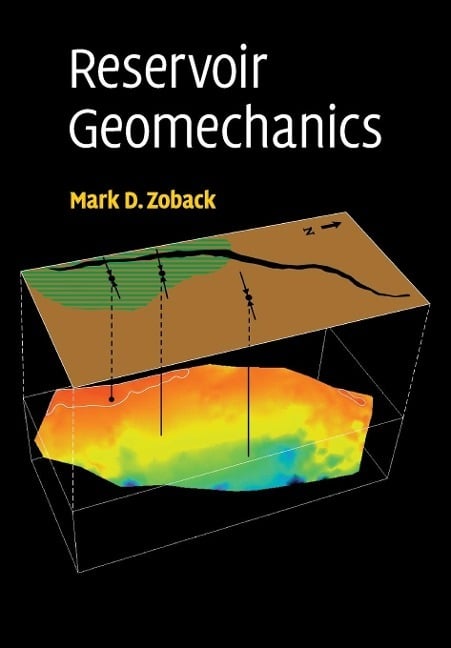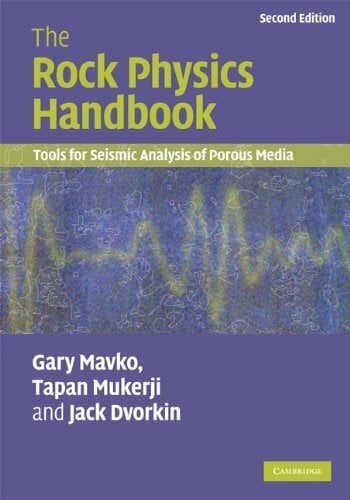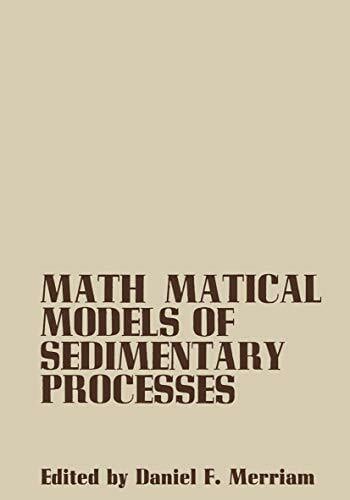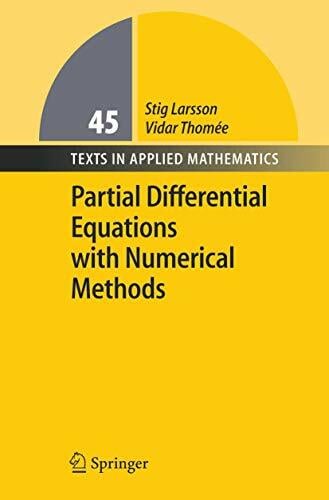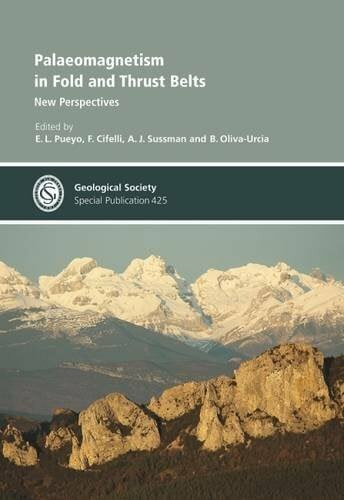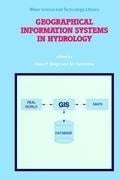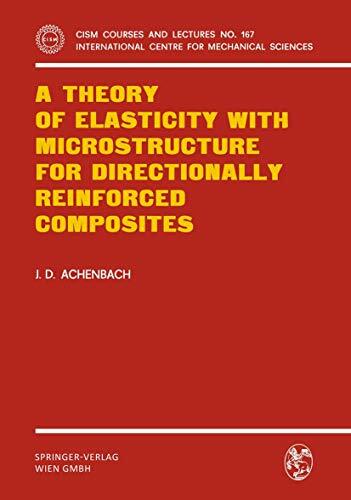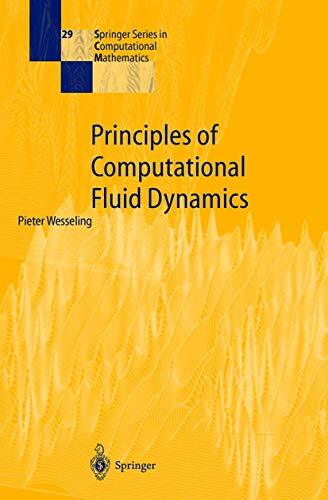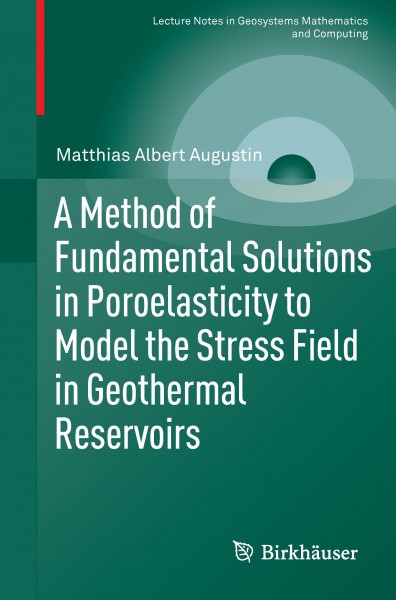
A Method of Fundamental Solutions in Poroelasticity to Model the Stress Field in Geothermal Reservoirs
Kurzinformation
inkl. MwSt. Versandinformationen
Artikel zZt. nicht lieferbar
Artikel zZt. nicht lieferbar

Beschreibung
This monograph focuses on the numerical methods needed in the context of developing a reliable simulation tool to promote the use of renewable energy. One very promising source of energy is the heat stored in the Earth's crust, which is harnessed by so-called geothermal facilities. Scientists from fields like geology, geo-engineering, geophysics and especially geomathematics are called upon to help make geothermics a reliable and safe energy production method. One of the challenges they face involves modeling the mechanical stresses at work in a reservoir.The aim of this thesis is to develop a numerical solution scheme by means of which the fluid pressure and rock stresses in a geothermal reservoir can be determined prior to well drilling and during production. For this purpose, the method should (i) include poroelastic effects, (ii) provide a means of including thermoelastic effects, (iii) be inexpensive in terms of memory and computational power, and (iv) be flexible with regard to the locations of data points.After introducing the basic equations and their relations to more familiar ones (the heat equation, Stokes equations, Cauchy-Navier equation), the "method of fundamental solutions" and its potential value concerning our task are discussed. Based on the properties of the fundamental solutions, theoretical results are established and numerical examples of stress field simulations are presented to assess the method's performance. The first-ever 3D graphics calculated for these topics, which neither requiring meshing of the domain nor involving a time-stepping scheme, make this a pioneering volume. von Augustin, Matthias Albert
Produktdetails

So garantieren wir Dir zu jeder Zeit Premiumqualität.
Über den Autor

- Hardcover
- 548 Seiten
- Erschienen 1993
- Springer

- Gebunden
- 724 Seiten
- Erschienen 2009
- Springer

- hardcover
- 340 Seiten
- Erschienen 2005
- Springer

- hardcover
- 1096 Seiten
- Erschienen 2019
- Academic Press

- Hardcover -
- Erschienen 2014
- Springer Vieweg
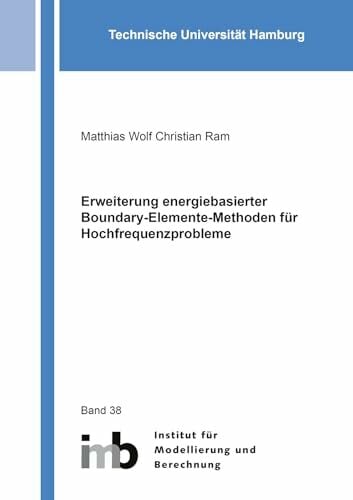
- paperback
- 154 Seiten
- Erschienen 2024
- Shaker

- Kartoniert
- 299 Seiten
- Erschienen 2021
- Springer Vieweg

- Gebunden
- 357 Seiten
- Erschienen 2011
- Wiley-VCH

- Kartoniert
- 396 Seiten
- Erschienen 2019
- Springer Spektrum

- hardcover
- 1876 Seiten
- Erschienen 2011
- Chapman & Hall/CRC





